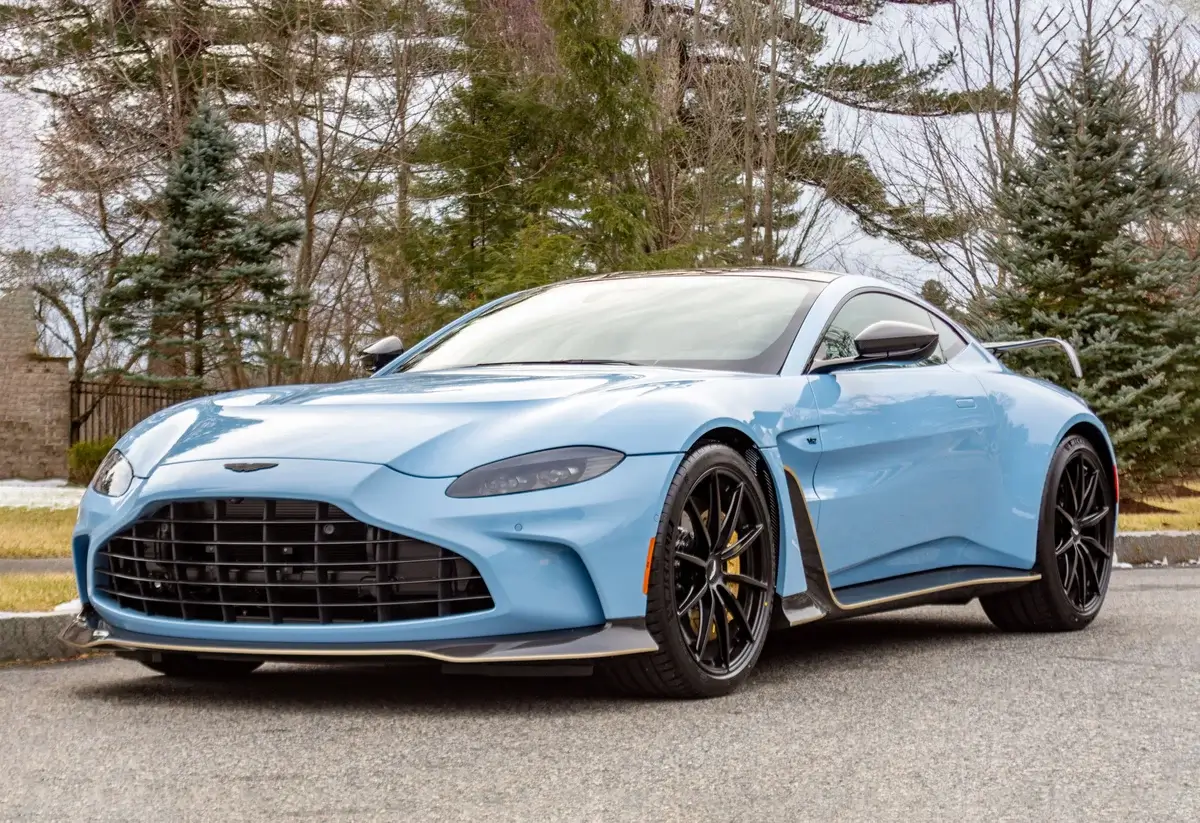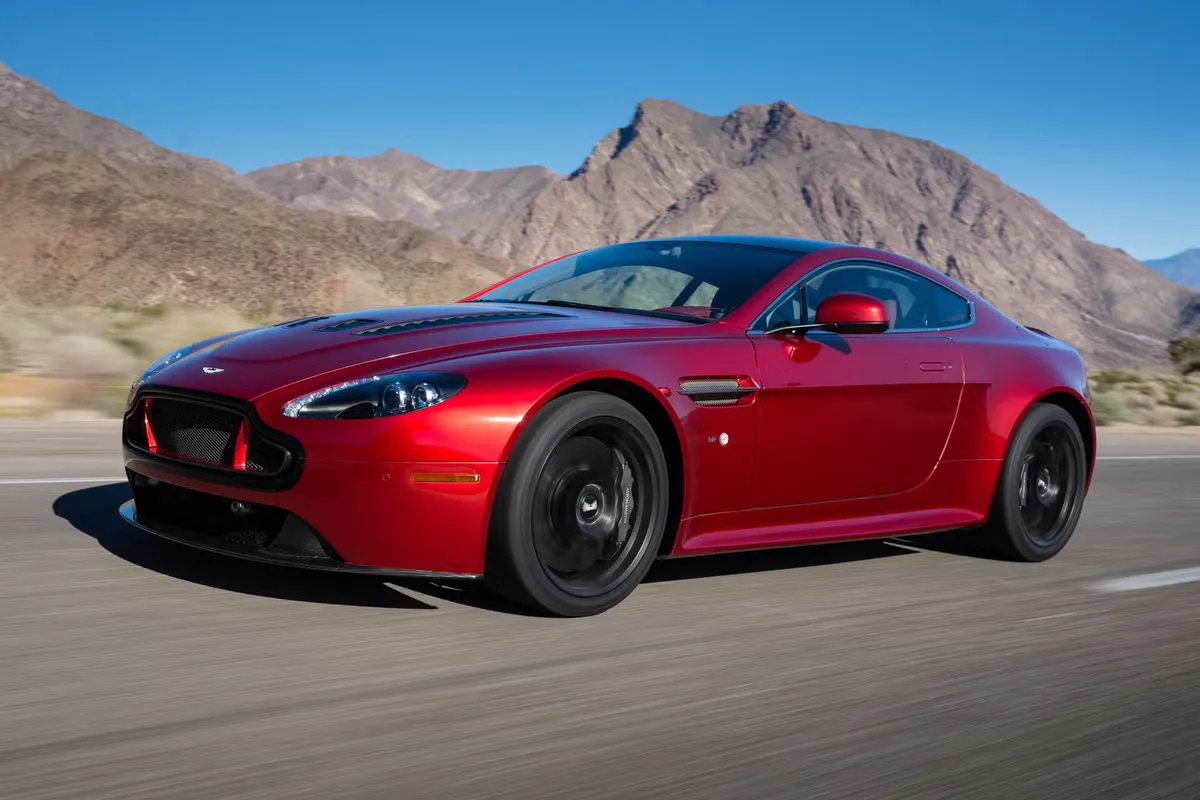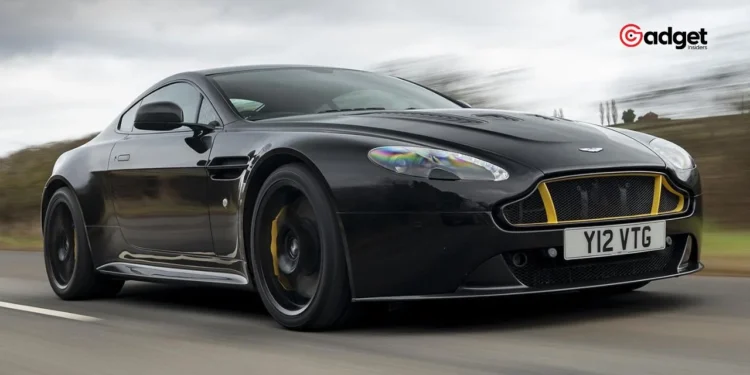In the ever-evolving landscape of the automotive industry, where efficiency and electrification are becoming paramount, Aston Martin holds a distinct position. This storied British automaker, known for its association with the iconic James Bond, continues to champion the visceral appeal of V8 and V12 engines, despite the shifting paradigms towards smaller, turbocharged units like those adopted by other luxury sports car brands such as Ferrari and Maserati.

The Power of Emotion and Sound in Driving Experience
Alex Long, Head of Product and Marketing Strategy at Aston Martin, recently shared insightful perspectives with the British automotive blog, Car Throttle. In a world increasingly dominated by electric vehicles (EVs), Long emphasizes the unique emotional connection that drivers experience with larger engines. Unlike the more common V6 engines, V8s, and V12s offer something beyond mere performance metrics; they deliver a sensory richness that resonates with enthusiasts.
“[Cars powered by] V8s have a true emotional connection as do V12s […] in a way that perhaps V6 [cars] doesn’t yet,” Long explained. “It’s not just about going as fast as I can. I do want some emotion on the way, I want some real sound and rumble.”
This philosophy underscores a deeper narrative within the luxury car market, where the driving experience is as much about the emotional journey as it is about the destination. For Aston Martin, the allure of a powerful engine lies not just in its ability to accelerate, but in its capacity to engage the senses and evoke passion.
The Premium Perception of Large Engines
Long also addressed the perceived value associated with different types of engines. In his view, smaller engines, such as the V6, could potentially “cheapen” the allure of a premium vehicle like those produced by Aston Martin. This perception is crucial in a segment where exclusivity and prestige are key selling points.
“I want to know and think and say it’s a V8 or a V12 because V8s [and] V12s have generally been reserved for very special and interesting products whereas V6s very much aren’t in the premium segment,” said Long.

Technological Marvels Amidst Environmental Pressures
Despite their traditional approach to engine selection, Aston Martin is not immune to the pressures of environmental regulations. The company has ingeniously integrated advanced technologies such as turbocharging into their V8 and V12 engines to comply with strict emissions standards. These adaptations ensure that their engines are not only more powerful but also more efficient than ever.
“At a time when we’re going electric in the industry, we are at a phenomenal point in the sophistication of the combustion engine… nearly 200 horsepower per litre [from] these fantastic engines,” Long remarked, highlighting the technological marvels that these traditional power units have become.

Aston Martin: Bridging Tradition and Innovation
As the automotive world continues to pivot towards electrification, Aston Martin’s commitment to V8 and V12 engines serves as a reminder of the diverse preferences of the car-buying public. While many consumers embrace the environmental and technological benefits of EVs, there remains a significant segment that values the emotional and auditory feedback that only traditional combustion engines can provide.
This strategy does not mean Aston Martin is shying away from innovation or environmental responsibility. Rather, it reflects a balanced approach to meeting customer desires for both traditional, emotion-evoking supercars and modern, efficient vehicles. As Long aptly notes, many Aston Martin customers likely have an electric vehicle in their collection, using each car to satisfy different aspects of their driving needs.
In embracing both the past and the future, Aston Martin ensures that the roar of a V12 remains as relevant in the era of silence as it was in the thunderous past.










